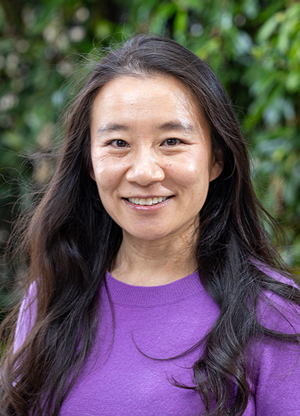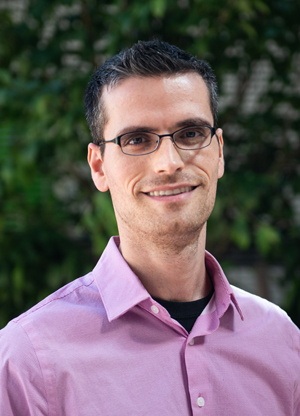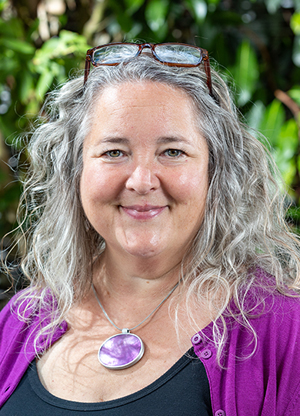The CoMotion Innovation Gap Fund has been making awards since 2005, having made over 387 awards resulting in 111 new startups who have raised over $6.4 billion in investment. In addition, there have been 29 licenses to existing companies and 13 direct to user programs offering services or products directly from UW. Teams competing in the Innovation Gap Fund work on a series of deliverables with a mentor over two and half months culminating in a 10-minute investor style pitch in front of outside reviewers including investors, entrepreneurs and members of the local innovation ecosystem. Consider it a guided educational experience or low-intensity startup simulator where teams can get a grant at the end if they do well. One team wrote “The application experience was a valuable experience in itself, regardless of the award outcome.”
Funding for the CoMotion Innovation Gap Fund comes from the generous support of several sources including UW CoMotion, Washington Research Foundation, UW Population Health Initiative, and individual donors.
CoMotion Innovation Gap Fund Awardees – Spring 2025
- Adeyinka Adedipe, Emergency Medicine

- Lisa Norton
- Hana Gage
- Preksha Gupta
To help heart failure patients get the right care at the right time, this team is developing a small, automated lung sensor that checks for fluid buildup—without the need for expensive machines or expert operators.
- Brad Lipovsky, Earth and Space Sciences

- Shamim Naigaga Shonibare
- Paul Pachuta
- Erick Rabins
This team is improving railway safety with TrackMate, an AI-powered system that uses existing fiber networks to detect problems in real time, helping prevent accidents, theft, and service disruptions across long stretches of track.
- Timothy Marston, Applied Physics Laboratory

- Laura Dorsey
- Mack Hopen
- Jim Schreitmueller
To make underwater navigation safer and more efficient, this team has developed a compact 3D sonar system that gives operators a clear, wide-angle view, reducing the risk of damage or loss to unmanned vehicles.
- Sean Murphy, Laboratory Medicine & Pathology

- Frieda Chan
- Jonathan Heller
- Sarah Chan
To tackle deadly and hard-to-treat cancers like liver cancer, this team has developed a next-generation immunotherapy that triggers a strong immune response at much lower doses, offering new hope where earlier treatments fell short.
- Paul Yager, Bioengineering

- Roï Eisenkot
- Dave Flotree
- Todd Smith
This team is using low-cost paper tests and AI to help people track and manage inflammation—a key driver of chronic disease—before it leads to serious health problems.
- Nephi Stella, Pharmacology and Psychiatry & Behavioral Sciences

- Jennifer McCullar
- Wendy Werblin
- Pavan Kumar
This team’s AI-powered platform gives researchers deeper insights into animal behavior with less effort—improving accuracy, reducing variability, and accelerating progress in disease research and drug development.
- Jun Liu, Materials Science & Engineering

- Judy Bridges
- Jared Silvia
- Jeffry Canin
To extend battery life in demanding, compact applications like medical implants, this team has developed a new activation process that doubles power output while preserving nearly all of the battery’s capacity.
- Igor Novosselov, Mechanical Engineering

- Forest Bohrer
- Chris Woodruff
- Mark Kotzer
To cut costs and reduce pollution, this team has created a system that uses supercritical CO₂ to clean and reuse industrial water filters—safely destroying toxic PFAS chemicals in the process.
- Mohammad Malakooti, Mechanical Engineering

- Judy Bridges
- Scott Brennan
- Babu Jain
This team has developed a low-cost material that sits under solar panels, turning excess heat into extra power—boosting energy output by up to 30% while helping panels last longer.
- Afua Yorke, Radiation Oncology

- Adam Krynicki
- Trisha Lowe
- Mark Hamachek
To improve cancer care in low-resource settings, this team has created a mobile platform that guides patients with timely, accurate information to boost treatment adherence and outcomes.
- Richard Ellenbogen, Neurological Surgery

- Judy Bridges
- Tom Kadavy
- Damian Madan
This team has developed a surgical tool that combines suction and tissue gripping to help surgeons control bleeding faster—improving visibility and reducing operation time for better patient outcomes.